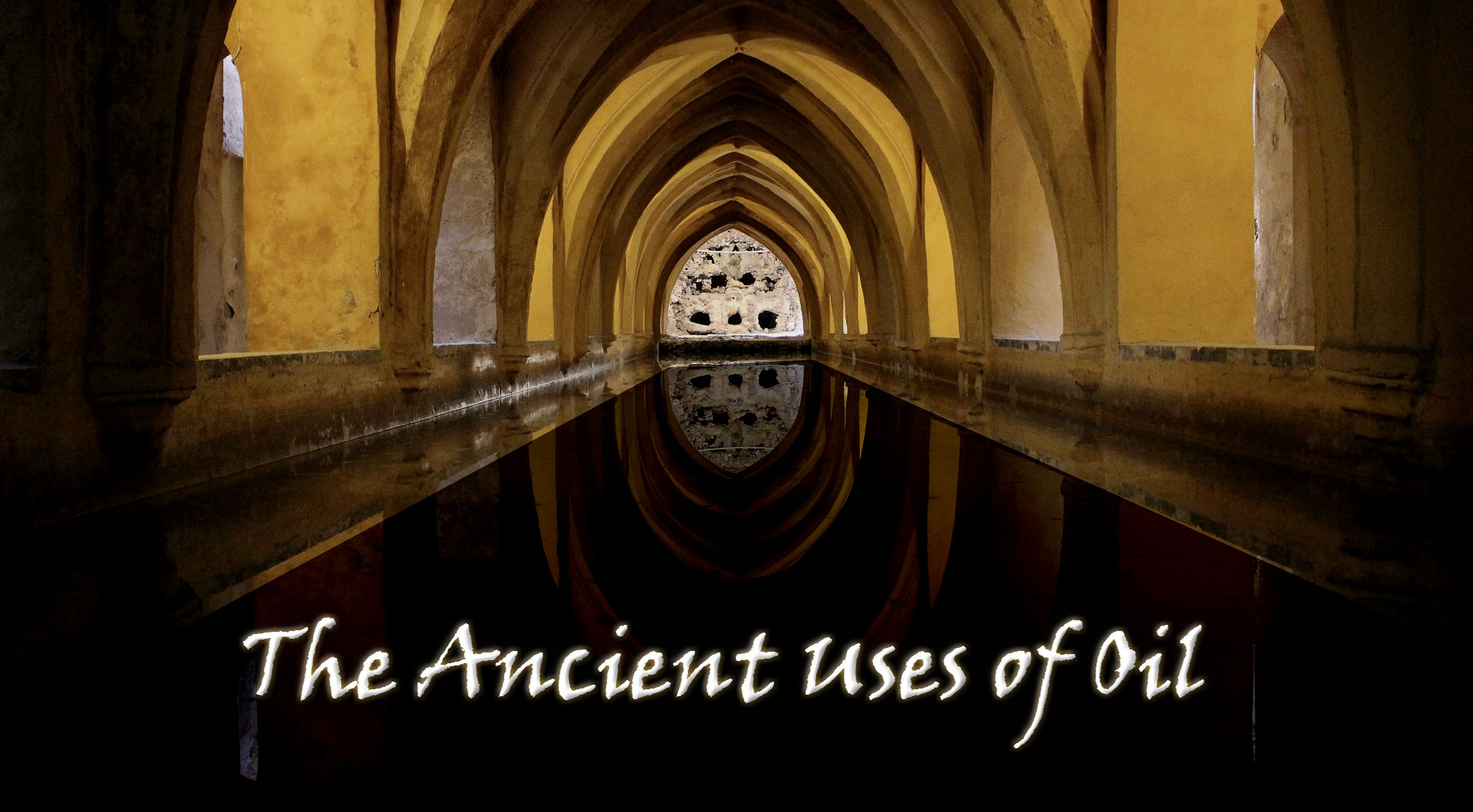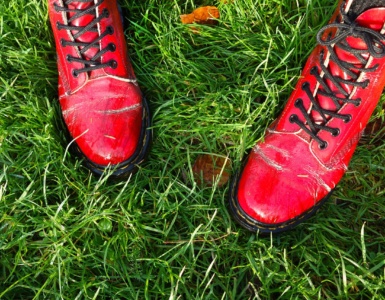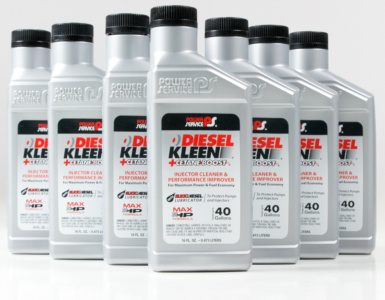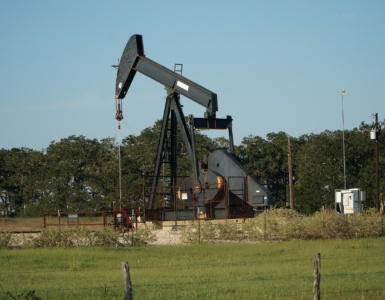The history of oil is often told in a modern context: James Young, Edwin Drake, the sprouting oil wells of Pennsylvania, and the early days of the Standard Oil Company.
But – oil is old. Needless to say, its existence predates the industrial revolution by a significant margin – and with its prophesied retirement looming in the next, say, century or so – the second most plentiful fluid on earth has enjoyed thousands of years of employment in the most interesting of situations.
While admittedly there may have been a few missteps along the way, most civilizations have recognized the remarkably practical properties of petroleum; more so than any other natural substance in the world, it appears that crude oil has contributed to the species’ advancement – especially in the fields of engineering and technological advancement.
The oldest historical evidence of ancient oil use was (unsurprisingly) discovered in modern-day Iraq. On the banks of the Euphrates River lies a site known locally as The Fountains of Pitch. This alleged “fountain” is actually what is known as an oil seep.

This may seem obvious, but oil seeps are likely the means by which humans first came across petroleum. These natural “springs” of crude oil are found across the globe; moreover, historians have noted that Neanderthals, as far back as 70,000 years ago, have used natural asphalt (or bitumen) to bind primitive tools. What is considered perhaps one of the most significant events in the evolution of humankind likely involved the usage of petroleum – so, if that’s true, our centuries-long bond with one of the world’s most powerful substances is beginning to smell a bit like a fated relationship.
The Fountains of Pitch were considerably more influential in regards to our understanding of ancient petroleum usage but they were likely just one oil seep among tens (or hundreds) of thousands across the globe – while little evidence exists to say definitively that all ancient cultures were taking advantage of local oil seeps, it is certainly believable.
Before it powered engines, sports cars, and 707s, petroleum was used for much simpler (albeit comparably more practical) tasks and applications. About 6000 years ago, ancient peoples were using thick natural tar as mortar for building structures and shelter – and its usage among those cultures as a general adhesive took precedence in the following 4000 years. In some cultures, such as the Native Americans, petroleum was used as a cure-all.
In other practical applications, bitumen was applied on ships, bathtubs, and pottery to waterproof them; in later years, the substance was beginning to be used as an adhesive for making jewelry and mosaics. Some of the most widely known uses of petroleum in ancient history were undertaken by the Egyptians. In addition to using natural crude as an embalming fluid, petroleum was used to assemble and adhere the many massive bricks that make up the ancient pyramids. As early as 2000 years ago, Chinese cultures were using oil for heating and light – remarkably, the Chinese had used bamboo “pipes” to carry gas fumes into the home.

Up until the industrial revolution, however, oil wasn’t universally a sought-after resource. Most well-drilling pioneers – on the hunt for salt or water – might be considerably vexed when they came across the sticky, black slop that was impossible to clean up and had a subtly-offensive smell.
Oh, how the times have changed.
SOURCES
http://dnr.louisiana.gov/assets/TAD/education/BGBB/2/ancient_use.html
https://en.wikipedia.org/wiki/Petroleum_seep







